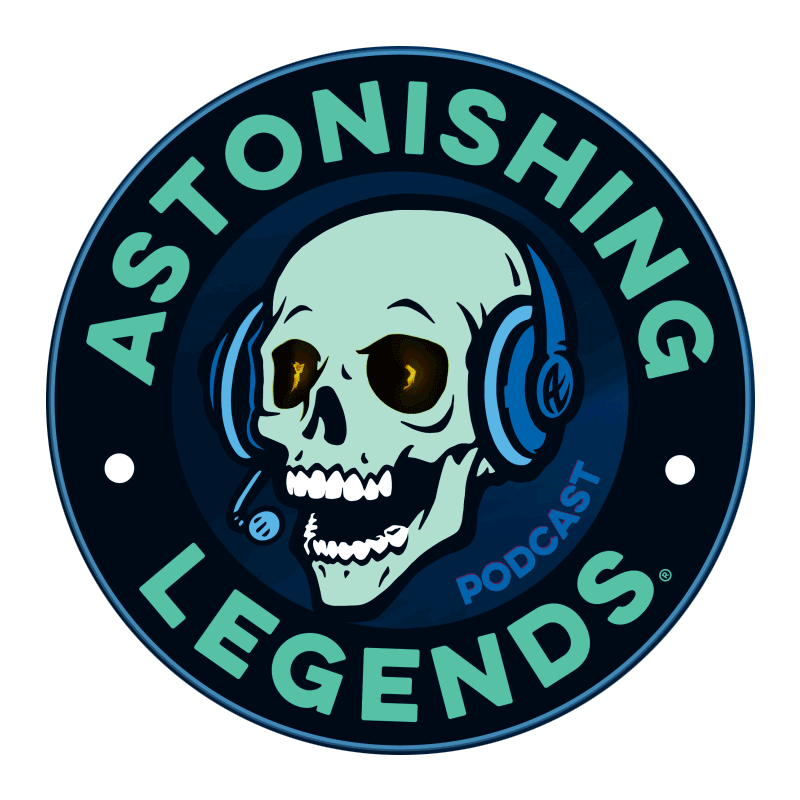The Squonk of Pennsylvania
Throughout the annals of the Astonishing Legends blog, you’re bound to find tales of creatures that terrify you…but not many that will make you feel sorry for them. Enter the squonk. In the hemlock-choked forests of Pennsylvania exists an extremely rare creature who exists in a lamentable state of sorrow.
Folks have said the squonk has existed for decades and decades, but the first written mention we’re aware of is its feature in Fearsome Creatures of the Lumberwoods by William T Cox, published in 1910. The book offered sketches and descriptions of various creatures said to reside in the forests of PA.
According to Cox, the range of the Squonk is very limited. So, if you aren't a Pennsylvanian you probably haven't heard of them (much less seen one). It typically travels during liminal times, like twilight. One of the reasons the Squonk is filled with so much sorrow is because it is so ugly. It's skin sags and droops and it's covered with warts, moles, and other skin afflictions. It walks on all fours, is slightly chubby, has short claws and a short jaw/face.
It is so sad because of its appearance that especially skilled hunters can find its wallowing spot simply by following a trail of its salty tears.
It’s important to know that if you do decide to pursue the Squonk, it might end in an avalanche of tears. Cornered squonks are said to simply burst into a huge amount of tears and cease to exist. This shouldn’t come as a surprise if you know its species name: Lacrimacorpus dissolvens.
We wonder if knowing its popularity would help ease the squonk's tears. In fact, it's been featured in the lyrics of famous bands like Steely Dan (Any Major Dude Will Tell You) and Genesis's song Squonk. Not to mention, Pennsylvanians everywhere love claiming this strange like cryptid as one of PA’s finest.
Thanks to Jen Rafferty for this blogstonishing suggestion!
The header image depicts stration from "Fearsome Creatures of the Lumberwoods" illustrated by Coert Du Bois and by William T. Cox This work is in the public domain in the United States because it was published (or registered with the U.S. Copyright Office) before January 1, 1929.
